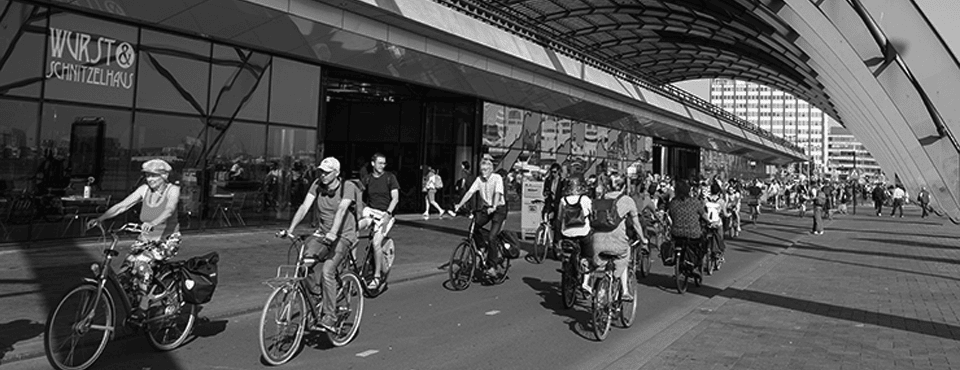
Bike lane reduces car dependency
The construction of cycle paths in the Netherlands has resulted in more people cycling to work. The group of commuters cycling to work rises from 20% to around 25% thanks to the paths – an increase of about 350,000 cyclists. In addition, people have started living closer to work, reducing the average commuting distance by 6%. Cities have also become more compact due to changed infrastructure. This is according to research by the Netherlands Bureau for Economic Policy Analysis (CPB) and the VU.
The study looks specifically at separate cycle paths; cycle paths along busy roads with a clear separation between the road and the cycle path. To analyse the impact of cycle lanes on living, working and travelling, we compared the current situation with a scenario without this infrastructure in a model analysis. A striking conclusion is that although cycle lanes often take the place of lanes, congestion from car traffic does not increase.
More attractive bicycle traffic
Bike lanes make it more attractive to cycle to work. Cyclists have to make fewer detours through residential areas, for example, which shortens their travel times. More commuters therefore take the bike instead of the car and live closer to work. The cycle paths thus not only influence traffic, but in the long term also where people will live and work in the Netherlands. Thus, cities are becoming more compact, with higher population densities and a greater range of jobs. The increased demand for housing in cities is reflected in higher square metre prices.
No extra traffic jams
Bicycle lanes often replace lanes for cars in cities, as space for infrastructure is limited in cities. Yet this does not lead to more traffic congestion, as commuters switch from cars to bicycles in the longer term. This shift compensates for the loss of road space for cars.
A higher average cycling speed, for example by electric bikes, may further reinforce these effects. Especially in cities, this may lead to even more bicycle use and shorter travel distances. However, road safety must be taken into account.
